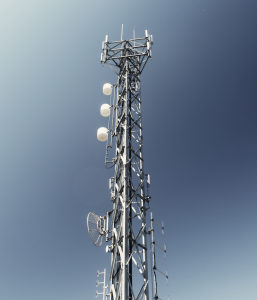 Digi International
Digi International
March 17, 2017
The following is an excerpt from a recent guest post in
Electronic Designs 11 Myths series, from Digi Principal RF Engineer, Matthew Schellin. In it, Matthew discusses some common myths about

cellular carrier certification to avoid.
1. FCC testing is all that we need for the device
The certification requirements for each carrier are very specific. Although they sometimes adhere to certain Federal Communications Commission (FCC) requirements, they typically include specifications that are unique to each specific network.
2. We dont need to go through PTCRB certification because were using a PTCRB-certified module
Modules can be PTCRB-certified. When a device integrates such a module, the device will still be required to go through PTCRB testing. The process will test the interfaces that changed between the approval of the module and the device under test (DUT). These typically include the SIM card, power supply, and antenna (OTA) interfaces. PTCRB testing for products that contain pre-certified modules includes RSIC and radiated spurious emissions (RSE).
3. As long as we follow the module reference design, we will have low risk of failing certification
Following the reference design will help with certification, but doesnt necessarily eliminate the risk of failing certification. The surrounding circuitry will affect the performance of the module. Noise from power supplies, cables, or LCD screens has been shown to produce noise in the cellular band that will impact sensitivity levels and lead to certification failures.
4. Our device already has FCC certification, so we can add cellular capability without any issues
FCC certification doesnt guarantee carrier certification. Some of the things carrier certifications focus on arent covered by FCC certification, including RSIC and TIS levels.
5. Our device is certified on one carrier, so were good to get onto any carrier network
Each carrier is unique and will have a different set of requirements to meet before the product is allowed on their network. Some carriers care primarily about PTCRB certification and less about factors such as TIS; some require additional testing for Long Term Evolution (LTE) networks; some rely on FCC compliance for RSE testing and others dont go that route. Its critical that designers and engineers are aware of the most up-to-date information on each carriers requirements.